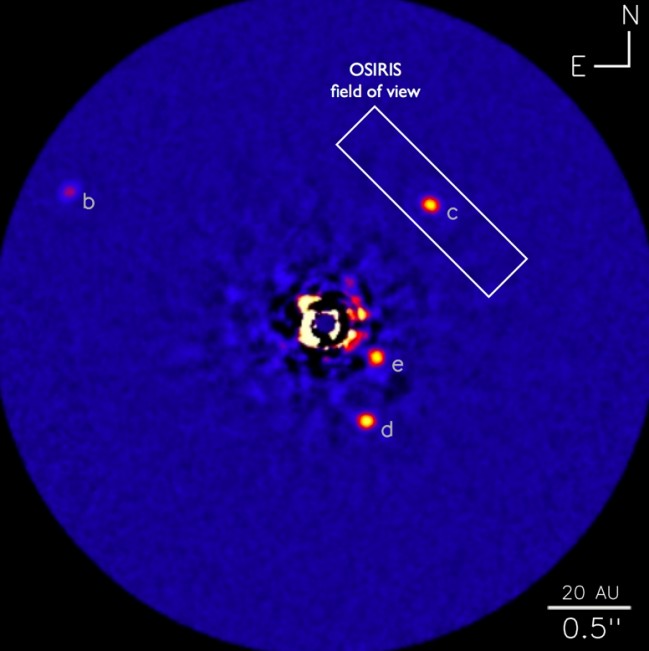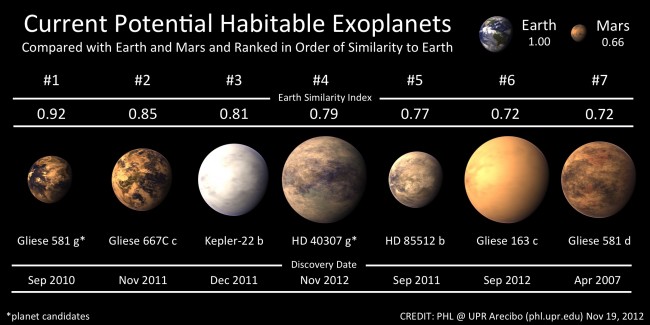 We haven’t yet found any aliens inhabiting exoplanets orbiting distant stars. We haven’t received any intelligently manufactured radio signals from deep space. And, unless you subscribe to the conspiracy theories surrounding Roswell Area 51, it’s unlikely that we’ve been visited by an extra-terrestrial intelligence.
We haven’t yet found any aliens inhabiting exoplanets orbiting distant stars. We haven’t received any intelligently manufactured radio signals from deep space. And, unless you subscribe to the conspiracy theories surrounding Roswell Area 51, it’s unlikely that we’ve been visited by an extra-terrestrial intelligence.
Most reasonable calculations suggest that the universe should be teeming with life beyond our small, blue planet. So, where are all the aliens and why haven’t we been contacted yet? Not content to wait, some astronomers believe we should be looking for evidence of distant alien engineering projects.
From the New Scientist:
ALIENS: where are you? Our hopes of finding intelligent companionship seem to be constantly receding. Mars and Venus are not the richly populated realms we once guessed at. The icy seas of the outer solar system may hold life, but almost certainly no more than microbes. And the search for radio signals from more distant extraterrestrials has so frustrated some astronomers that they are suggesting we shout out an interstellar “Hello”, in the hope of prodding the dozy creatures into a response.
So maybe we need to think along different lines. Rather than trying to intercept alien communications, perhaps we should go looking for alien artefacts.
There have already been a handful of small-scale searches, but now three teams of astronomers are setting out to scan a much greater volume of space (see diagram). Two groups hope to see the shadows of alien industry in fluctuating starlight. The third, like archaeologists sifting through a midden heap on Earth, is hunting for alien waste.
What they’re after is something rather grander than flint arrowheads or shards of pottery. Something big. Planet-sized power stations. Star-girdling rings or spheres. Computers the size of a solar system. Perhaps even an assembly of hardware so vast it can darken an entire galaxy.
It might seem crazy to even entertain the notion of such stupendous celestial edifices, let alone go and look for them. Yet there is a simple rationale. Unless tool-users are always doomed to destroy themselves, any civilisation out there is likely to be far older and far more advanced than ours.
Humanity has already covered vast areas of Earth’s surface with roads and cities, and begun sending probes to other planets. If we can do all this in a matter of centuries, what could more advanced civilisations do over many thousands or even millions of years?
In 1960, the physicist Freeman Dyson pointed out that if alien civilisations keep growing and expanding, they will inevitably consume ever more energy – and the biggest source of energy in any star system is the star itself. Our total power consumption today is equivalent to about 0.01 per cent of the sunlight falling on Earth, so solar power could easily supply all our needs. If energy demand keeps growing at 1 per cent a year, however, then in 1000 years we’d need more energy than strikes the surface of the planet. Other energy sources, such as nuclear fusion, cannot solve the problem because the waste heat would fry the planet.
In a similar position, alien civilisations could start building solar power plants, factories and even habitats in space. With material mined from asteroids, then planets, and perhaps even the star itself, they could really spread out. Dyson’s conclusion was that after thousands or millions of years, the star might be entirely surrounded by a vast artificial sphere of solar panels.
The scale of a Dyson sphere is almost unimaginable. A sphere with a radius similar to that of Earth’s orbit would have more than a hundred million times the surface area of Earth. Nobody thinks building it would be easy. A single shell is almost certainly out, as it would be under extraordinary stresses and gravitationally unstable. A more plausible option is a swarm: many huge power stations on orbits that do not intersect, effectively surrounding the star. Dyson himself does not like to speculate on the details, or on the likelihood of a sphere being built. “We have no way of judging,” he says. The crucial point is that if any aliens have built Dyson spheres, there is a chance we could spot them.
A sphere would block the sun’s light, making it invisible to our eyes, but the sphere would still emit waste heat in the form of infrared radiation. So, as Carl Sagan pointed out in 1966, if infrared telescopes spot a warm object but nothing shows up at visible wavelengths, it could be a Dyson sphere.
Some natural objects can produce the same effect. Very young and very old stars are often surrounded by dust and gas, which blocks their light and radiates infrared. But the infrared spectrum of these objects should be a giveaway. Silicate minerals in dust produce a distinctive broad peak in the spectrum, and molecules in a warm gas would produce bright or dark spectral lines at specific wavelengths. By contrast, waste heat from a sphere should have a smooth, featureless thermal spectrum. “We would be hoping that the spectrum looks boring,” says Matt Povich at the California State Polytechnic University in Pomona. “The more boring the better.”
Our first good view of the sky at the appropriate wavelengths came when the Infrared Astronomical Satellite surveyed the skies for 10 months in 1983, and a few astronomers have sifted through its data. Vyacheslav Slysh at the Space Research Institute in Moscow made the first attempt in 1985, and Richard Carrigan at Fermilab in Illinois published the latest search in 2009. “I wanted to get into the mode of the British Museum, to go and look for artefacts,” he says.
Carrigan found no persuasive sources, but the range of his search was limited. It would have detected spheres around sunlike stars only within 1000 light years of Earth. This is a very small part of the Milky Way, which is 100,000 light years across.
One reason few have joined Carrigan in the hunt for artefacts is the difficulty of getting funding for such projects. Then last year, the Templeton Foundation – an organisation set up by a billionaire to fund research into the “big questions” – invited proposals for its New Frontiers programme, specifically requesting research that would not normally be funded because of its speculative nature. A few astronomers jumped at the chance to look for alien contraptions and, in October, the programme approved three separate searches. The grants are just a couple of hundred thousand dollars each, but they do not have to fund new telescopes, only new analysis.
One team, led by Jason Wright at Pennsylvania State University in University Park, will look for the waste heat of Dyson spheres by analysing data from two space-based infrared observatories, the Wide-field Infrared Survey Explorer (WISE) and the Spitzer space telescope, launched in 2009 and 2003. Povich, a member of this team, is looking specifically within the Milky Way. Thanks to the data from Spitzer and WISE, Povich should be able to scan a volume of space thousands of times larger than previous searches like Carrigan’s. “For example, if you had a sun-equivalent star, fully enclosed in a Dyson sphere, we should be able to detect it almost anywhere in the galaxy.”
Even such a wide-ranging hunt may not be ambitious enough, according to Wright. He suspects that interstellar travel will prove no harder than constructing a sphere. An alien civilisation with such a high level of technology would spread out and colonise the galaxy in a few million years, building spheres as they go. “I would argue that it’s very hard for a spacefaring civilisation to die out. There are too many lifeboats,” says Wright. “Once you have self-sufficient colonies, you will take over the galaxy – you can’t even try to stop it because you can’t coordinate the actions of the colonies.”
If this had happened in the Milky Way, there should be spheres everywhere. “To find one or a few Dyson spheres in our galaxy would be very strange,” says Wright.
Read the entire article after the jump.
Image: 2001: A Space Odyssey, The Monolith. Courtesy of Daily Galaxy.
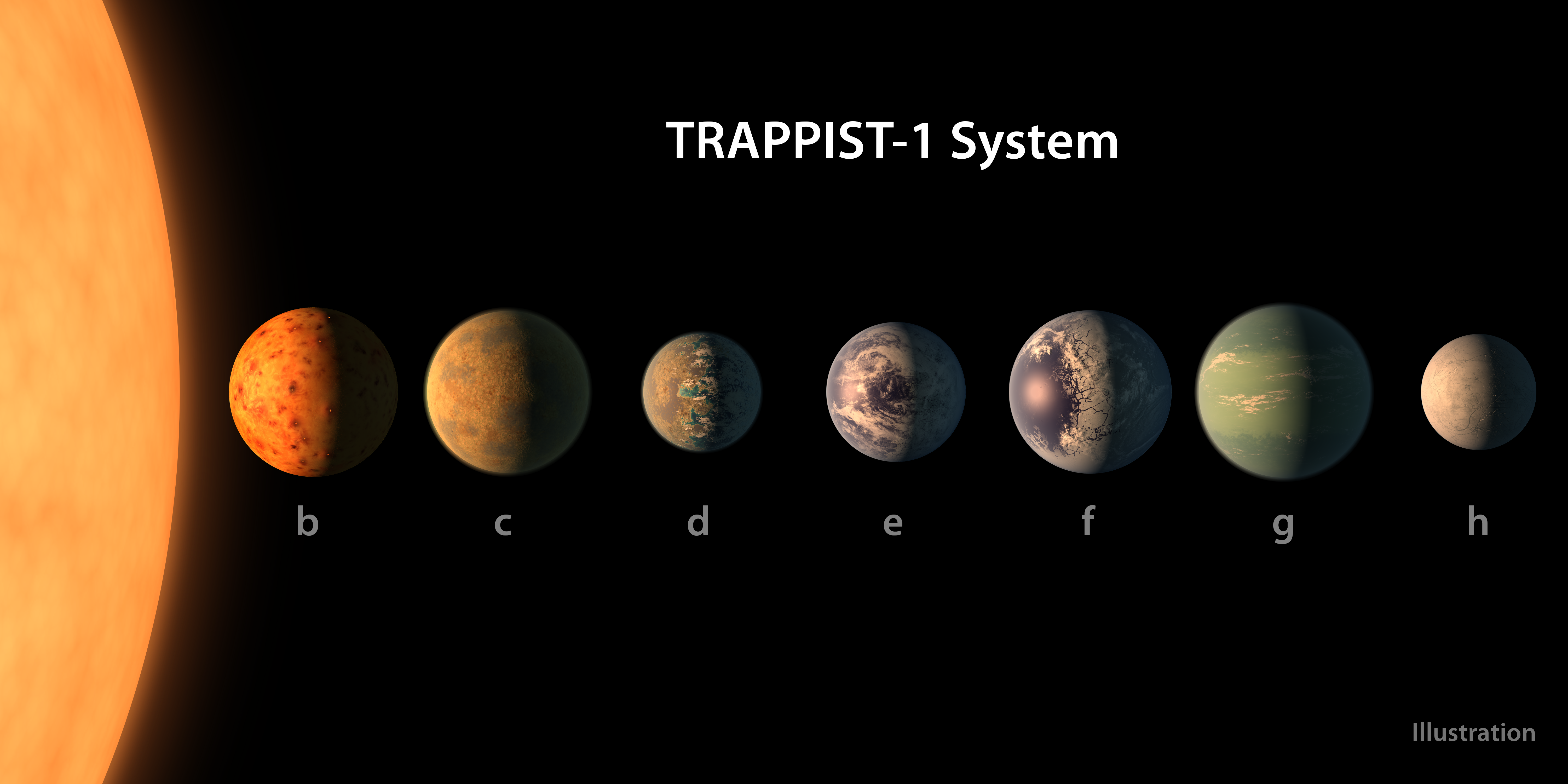

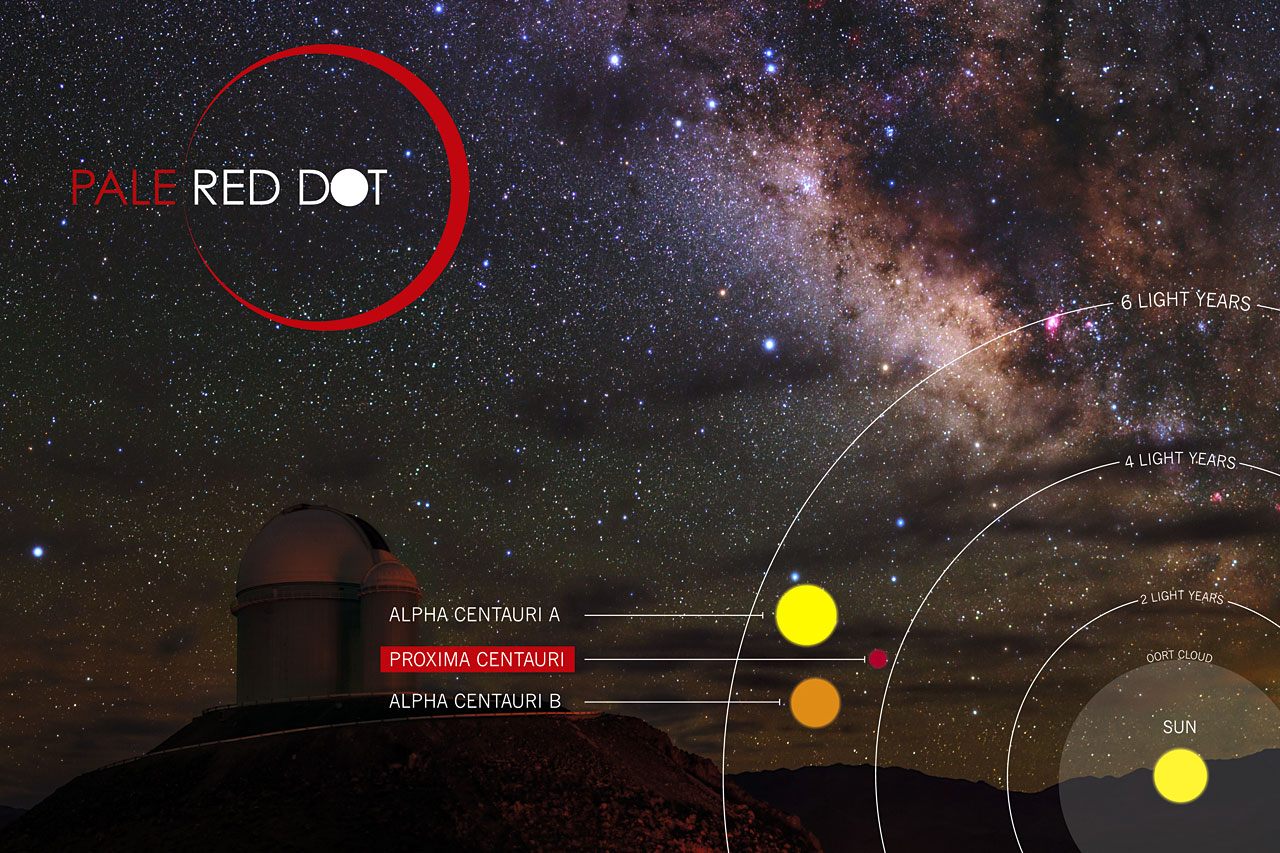
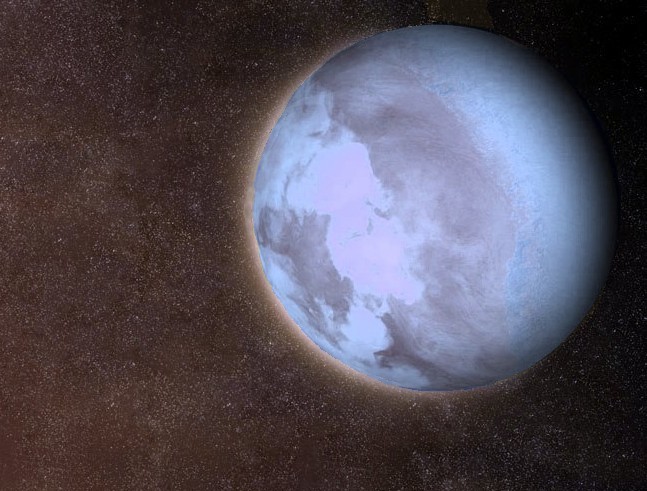

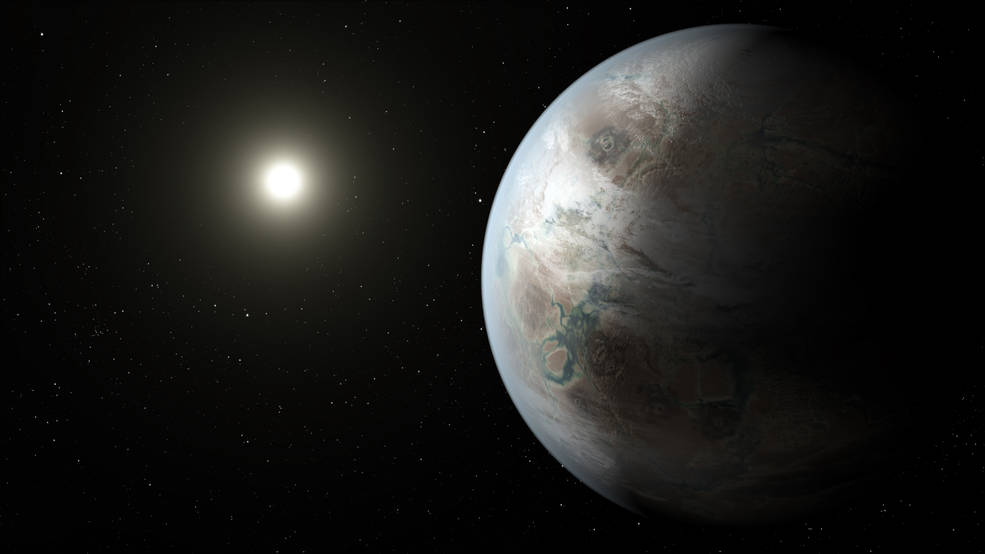
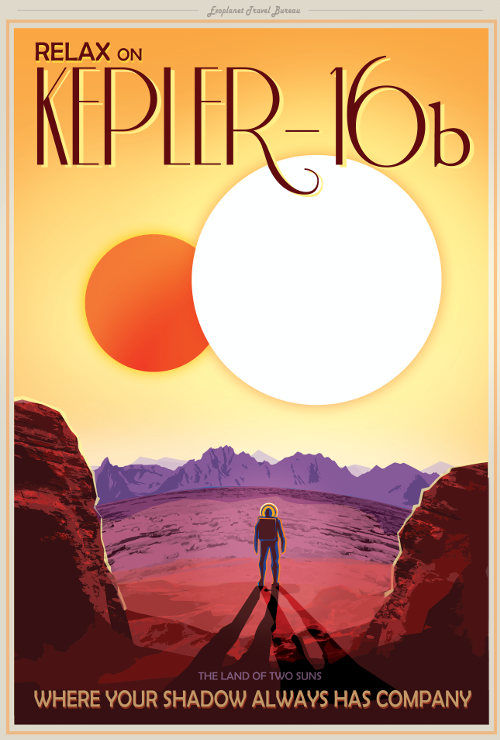

 In 1960 radio astronomer Frank Drake began the first systematic search for intelligent signals emanating from space. He was not successful, but his pioneering efforts paved the way for numerous other programs, including SETI (Search for Extra-Terrestrial Intelligence). The Drake Equation is named for him, and put simply, gives an estimate of the number of active, extraterrestrial civilizations with methods of communication in our own galaxy. Drake postulated the equation as a way to get the scientific community engaged in the search for life beyond our home planet.
In 1960 radio astronomer Frank Drake began the first systematic search for intelligent signals emanating from space. He was not successful, but his pioneering efforts paved the way for numerous other programs, including SETI (Search for Extra-Terrestrial Intelligence). The Drake Equation is named for him, and put simply, gives an estimate of the number of active, extraterrestrial civilizations with methods of communication in our own galaxy. Drake postulated the equation as a way to get the scientific community engaged in the search for life beyond our home planet.


